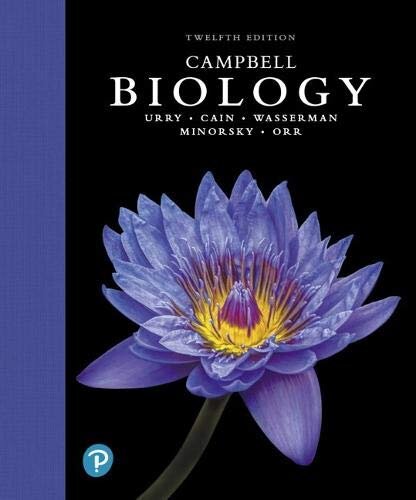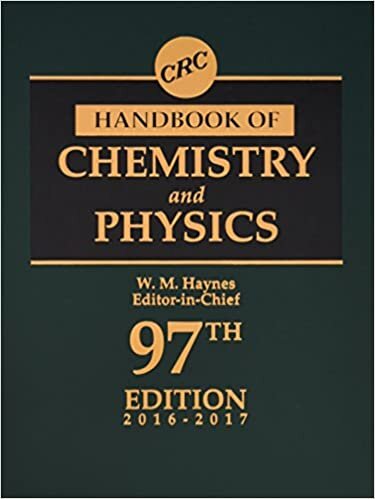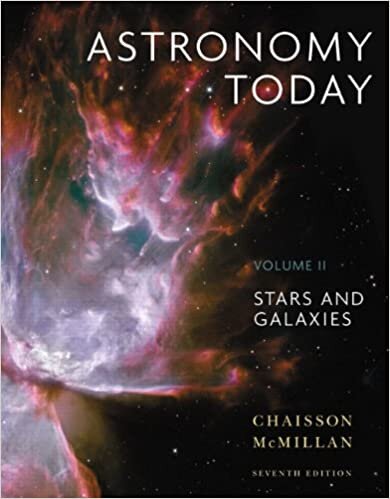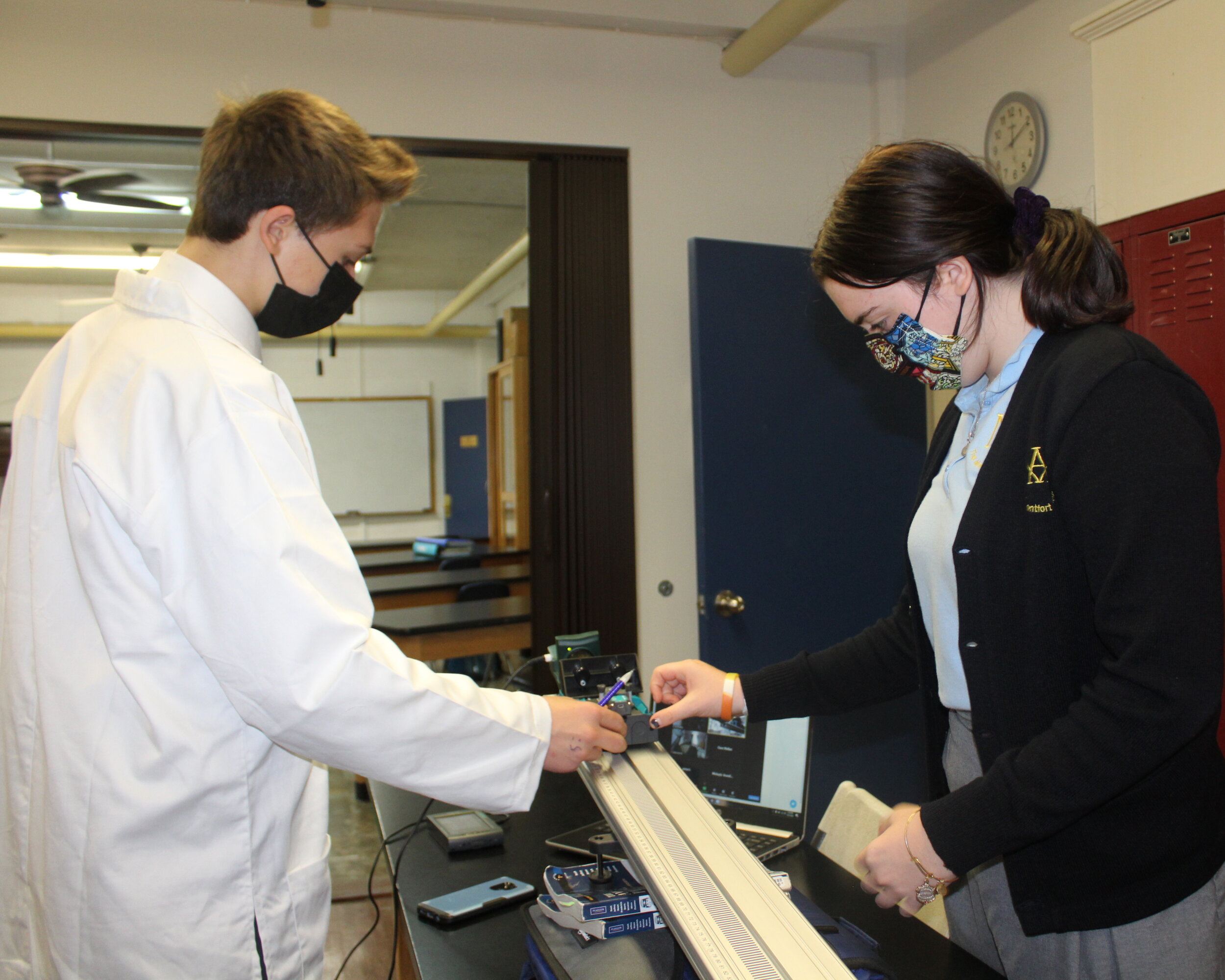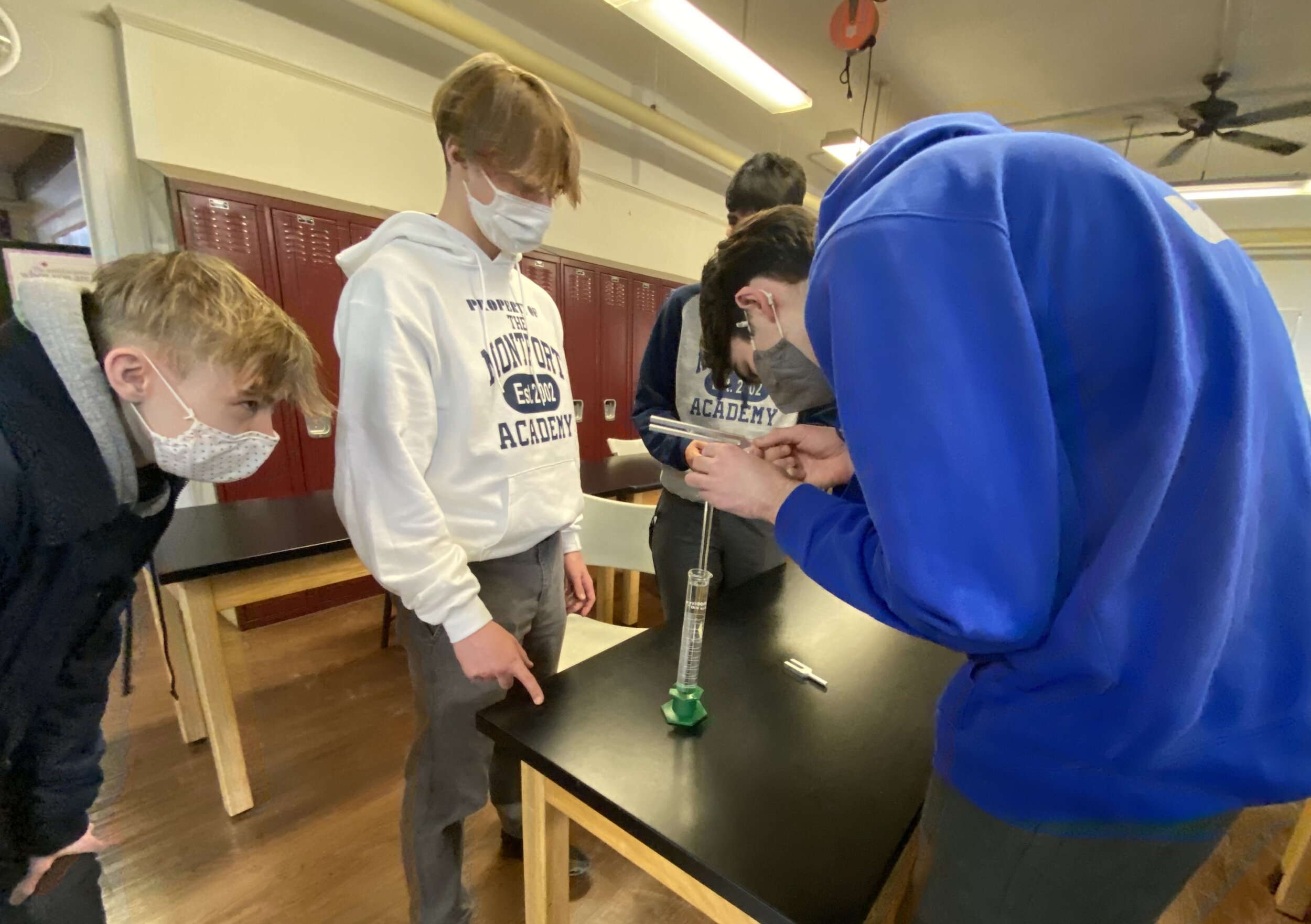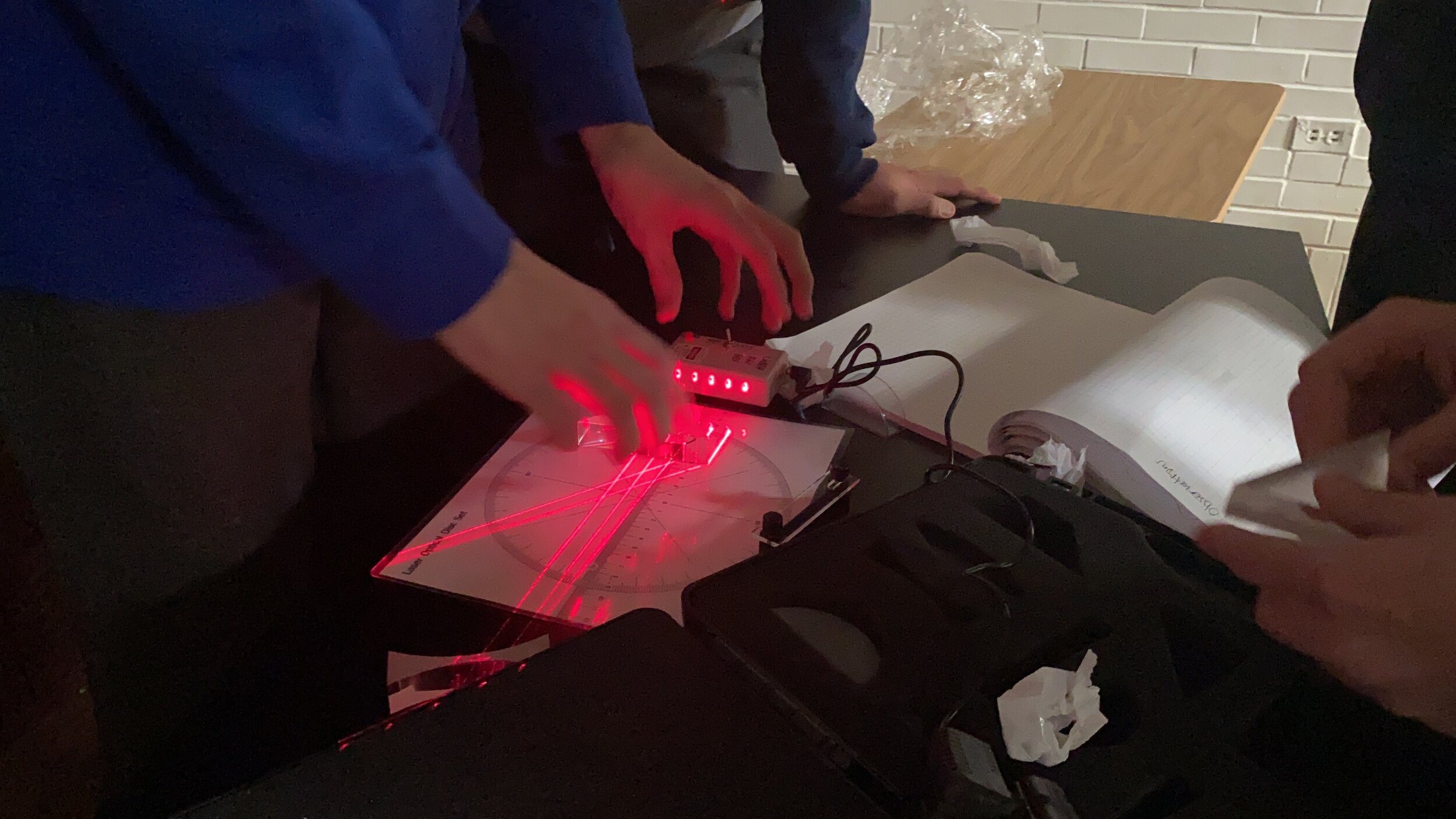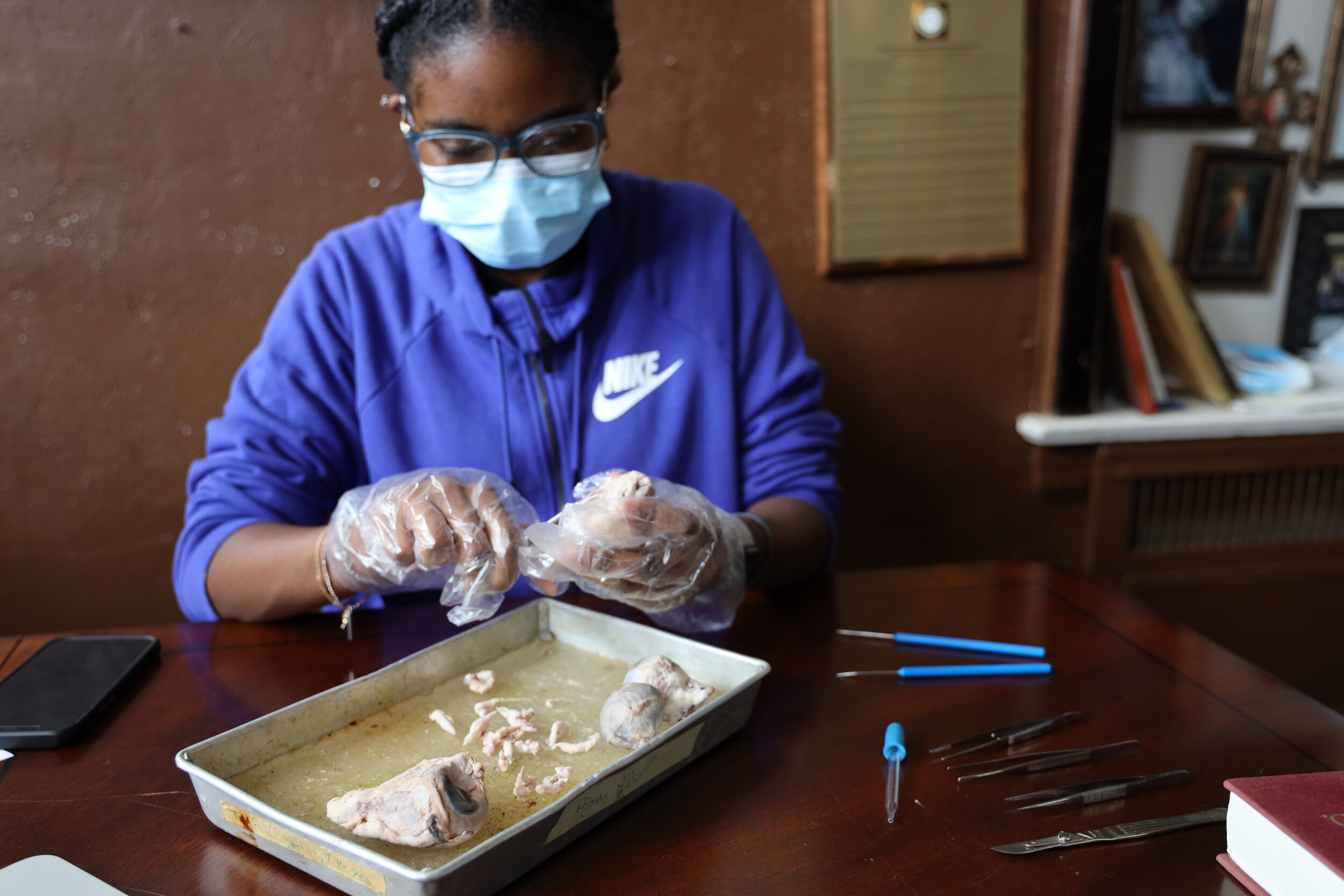SPECIAL STATEMENT ON STEM AT THE MONTFORT ACADEMY
21st Century science is amazing. From artificial intelligence to this year’s rapid engineering of COVID vaccines; from micro-robots in medicine on earth to a planned mission to Mars by 2034, science is always moving forward; the human mind is always exploring and expanding, seeking to know.
One of the greatest insights into scientific progress came from Isaac Newton, who in a 1675 letter to fellow scientist Robert Hooke said, “If I have seen further it is by standing on the shoulders of Giants,” those scientists and mathematicians who came before him. And so at Montfort, we study the origins of science and the giants who propelled—and continue to propel—science forward.
Science began centuries ago, if not millennia, in the wonder of the glory of creation, by looking up and observing the night sky and wondering about creation. Why is there something instead of nothing. This wonder and awe, the questions of who, what, when, where, how, and why brought man to understand that if there is a creation, there must be a Creator.
Many of the greatest scientists in the world have been deeply Catholic or at least deeply Christian, including Galileo Galilei, the father of the scientific method itself, Fr. George LeMaitre, the father of the Big Bang theory, Gregor Mendel the father of genetics, Alessandro Volta the father of the electric cell also known as the battery, James Clerk Maxwell, the father of electromagnetism, Guglielmo Marconi, the father of the radio and every wireless device and technology we know today, and many, many more men and women capable of seeing faith and reason, religion and science, as two pathways to one eternal truth (CLICK HERE FOR A TIMELINE OF CATHOLIC SCIENTISTS PUBLISHED BY THE MAGIS CENTER FOR FAITH AND REASON.).
Fr. George LeMaitre, father of the Big Bang Theory(Center) and Albert Einstein (Right). Until he read the works of Fr. LeMaitre and spoke with him directly, Albert Einstein believed in the steady-state theory of the universe, that it always existed and always will. Einstein changed this view after speaking with Fr. LeMaitre and due to his own research into mass and energy in the universe. After listening to LeMaitre speak at a conference about his big bang or “primeval atom” theory, Einstein said “This is the most beautiful and satisfactory explanation of creation to which I have ever listened”! For a wonderful article about the friendship between these two men, click here.
Therefore, Science, Technology, Engineering, and Mathematics (or STEM), are foundational to a classical education. They are part of man’s story and are the fruits of mankind’s creative genius over centuries to the modern era in an effort to get to know the Creator better. Like creation and the reality of the world, The Montfort Academy’s science and math program is multi-faceted. It is strong in both theory taught in the classroom and practice through extensive experimentation in the laboratory.
Our science curriculum in Biology, Chemistry, Physics, Astronomy, Advanced Biology, and Independent Research makes use of original texts of scientists. Our science library includes major scientific journals and access to most major digitally archived science libraries such as JSTOR. Textbooks that are used are often college level. For example, in a recent dissection of the cow’s eye students used Frank Netter, M.D.’s Atlas of Human Anatomy, a standard text in medical schools. Campbell’s Biology is used in Advanced Biology. Cosmos and Creator by Fr. Stanley Jaki is used in Astronomy as is Fr. George LeMaitre’s The Primeval Atom. The famed Handbook of Chemistry and Physics now in its 102nd edition is a reference text for Chemistry.
The Montfort Academy has heavily invested in college-level science lab equipment especially for Chemistry, Physics, and Astronomy, including a major 11-inch Celestron CPC-1100 Schmidt-Cassegrain telescope on the school’s rooftop observatory and in the Vernier LabQuest equipment, specially recommended by tenured college faculty. [See 2019 video on our science labs.] Biology experiments are often field-based experiments directly in nature. Science lab is required every week at The Montfort Academy. Students perform at least 120 hours of science lab by the time they graduate.
Orion Nebula taken by Astronomy Club
In lab for the year 2020-21 students performed various dissections (bovine eyes and fetal pigs); made soap through the process of saponification; extracted essential oils from orange peels and flower petals through steam distillation; made a battery and closed electrical circuit using copper pennies, aluminum foil, and an LED bulb; made maple syrup from sap and performed colorimetric analysis of the syrup throughout the concentration process; conducted force of gravity and sound wave experiments; induced electricity through moving magnets across copper wires; collided carts with one another; designed and flew paper airplanes using principles of aerodynamics; viewed the conjunction of Jupiter and Saturn as well as the other planets, moon, galaxies, and nebula. Experiments are often patterned after college-level science labs and use college level text and lab procedure excerpts. Labs at Montfort are highly interactive and participatory, mirroring the Socratic method of reasoning and analysis used in our liberal arts classes. All students keep lab journals and write laboratory reports in every science class. Lab reports follow a standard format that mirrors the scientific method itself.
In addition to the sciences, through a special relationship with Engineering Today, The Montfort Academy offers hands-on engineering workshops for our students. In one recent workshop, students designed and built bridges. Students regularly go on class trips to engineering facilities, too, often led by our chair of the mathematics department, a nuclear engineer herself with years of experience as the watch supervisor at Indian Point Nuclear Plant. Students have taken trips to power plants and water treatment plants.
In addition, many of our students have attended pre-college science courses at Columbia, Cornell, Johns Hopkins, and NYU as well as other institution sponsored science programs hosted at Harvard and Yale.
A 20-page Senior Thesis is required of every student at Montfort. It is often conducted in the sciences.
Please come back to this page in the coming weeks for photos and videos of science at Montfort.
FOR A MORE DETAILED OVERVIEW OF MONTFORT’S LABORATORY-BASED SCIENCE PROGRAM, CLICK HERE.
Dissection of a cow’s eye using medical school dissection instruments and Frank Netter’s Atlas of Human Anatomy. Special demonstration for those Physics students studying at home during the pandemic. Lesson combines Biology, Physics (light transmission and how the eye sees), and Art. Frank Netter’s Atlas of Human Anatomy is a masterpiece of art, on par with Leonardo da Vinci’s early Renaissance drawings of human anatomy. Art History is also covered especially advances in art at around the time of the heigh of lens making in Holland and Italy in the late 1500's and early 1600’s.
Watch students drop a magnet through a copper tube. The moving magnet seems to float in slow motion through the space of the tube. In fact, it is floating because the magnet creates an electric current in the tube as it moves down the tube. The electric current, in turn, creates its own magnet field that dampens the moving magnet, slowing its motion downward due to gravity. This was a critical experiment in understanding electromagnetism, one of the four fundamental forces of nature.
BRIDGES DESIGNED BY MONTFORT STUDENTS AS PART OF AN ENGINEERING TODAY PROGRAM. STUDENTS WERE CHALLENGED TO DESIGN AND TEST THE LOAD SUPPORT OF BRIDGES THEY MADE USING ONLY WOOD AND TAPE.


